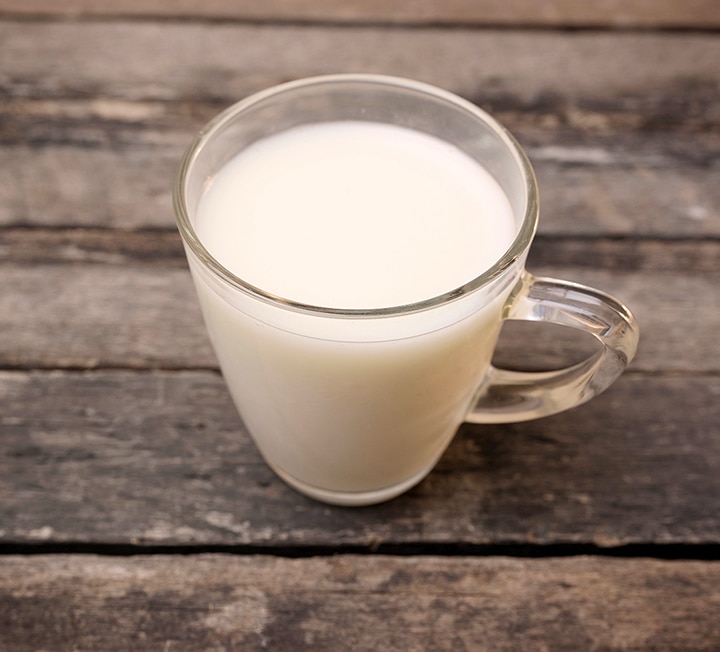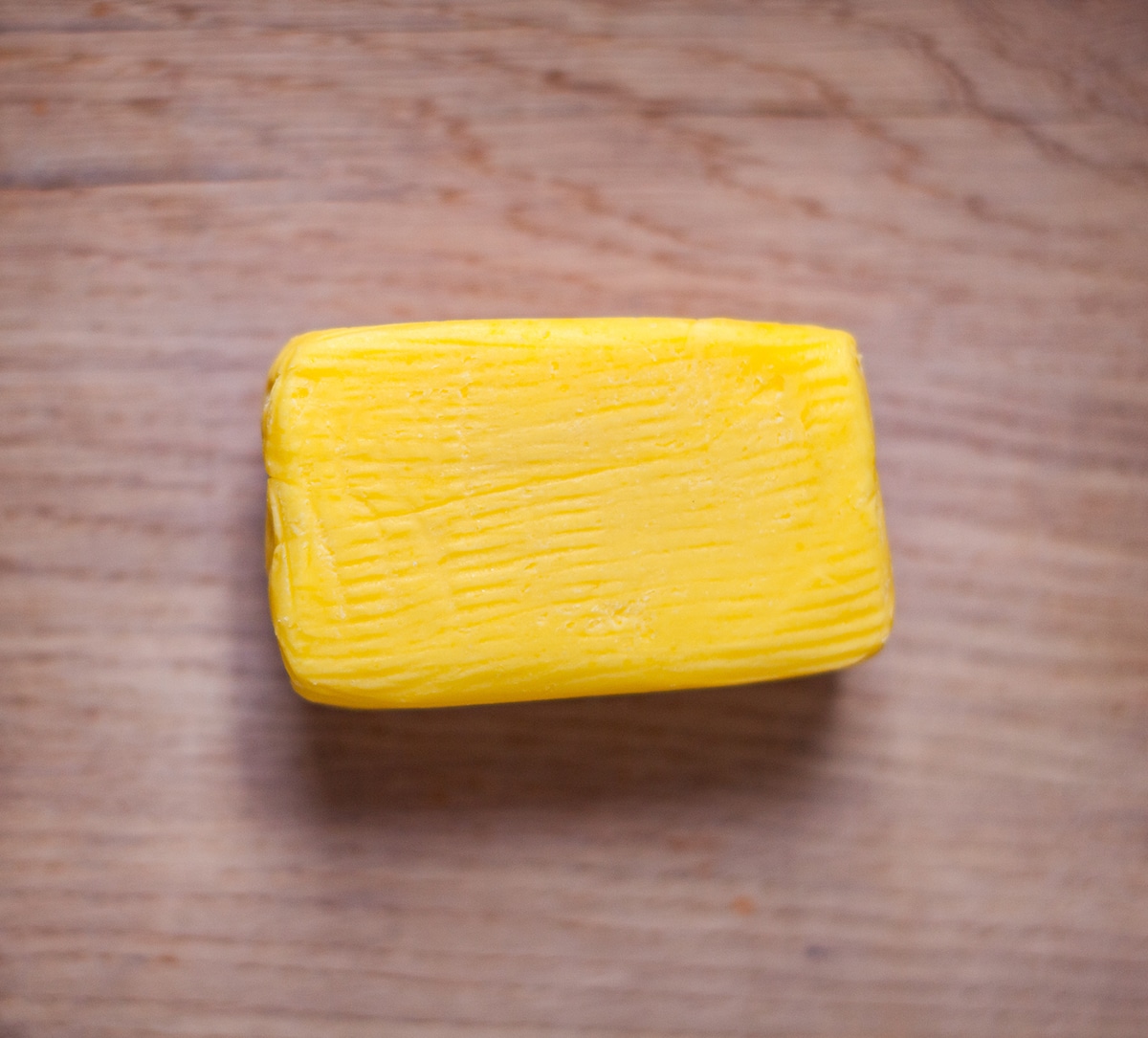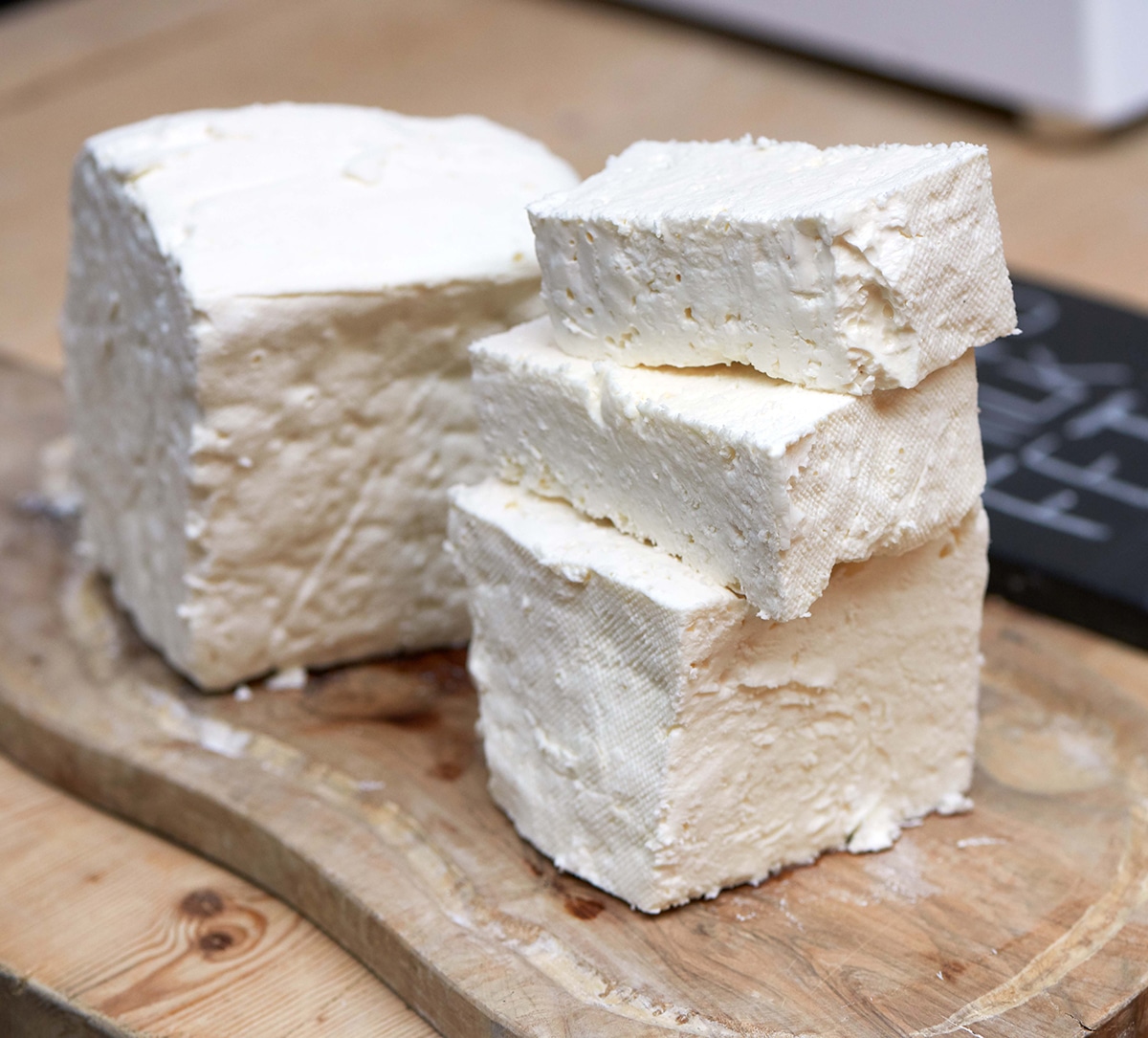Raw potential
Steve Hook of Hook & Son on the benefits and challenges of producing unpasteurised milk
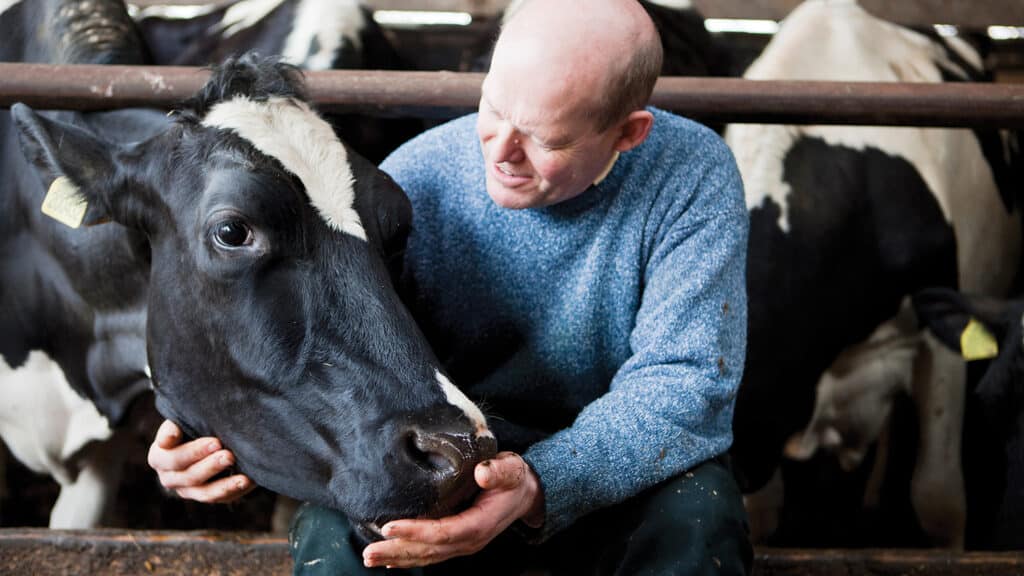

“WHEN PRODUCED BY RESPONSIBLE FARMERS, RAW MILK CAN BE A COMPLETELY SAFE AND HIGHLY NUTRITIOUS PRODUCT”
Interview: Viel Richardson / Images: Joseph Fox
“I just think it’s better milk,” says Steve Hook, owner of Hook & Son, describing the unpasteurised, unhomogenised milk he produces at a small dairy farm on the edge of the Pevensey Levels in Sussex and is now selling from an impressive new stand in Borough Market’s Three Crown Square. Having built a loyal following among Borough customers over many years, Steve’s business has moved to a bigger space to accommodate a larger range of his farm’s products. These include milk, butter, buttermilk, ghee, cream, crème fraiche, yoghurt and – for the first time at the Market – dairy beef and rose veal from his single herd of pasture-fed cattle. Milk may be the farm’s primary product, but the range is designed to ensure that as little as possible is wasted from the lifecycle of the animals.
Steve argues that his raw milk has a richness and depth of flavour far removed from the pasteurised milk found in supermarkets – a reflection of the natural diet eaten by his herd. His cows roam on wild meadows, rushes and marshes and choose what they want to eat, and their varied and highly localised diet is reflected in the distinctive flavour of the milk, which changes with the seasons. This offers a stark contrast to industrially produced milk, which comes from multiple cows from multiple herds that have been fed a diet of soy and grains designed to maximise yields and in which even the slightest hint of character is quickly killed by pasteurisation (sterilising by heating) and homogenisation (breaking down the milk’s fats through mechanical processing).
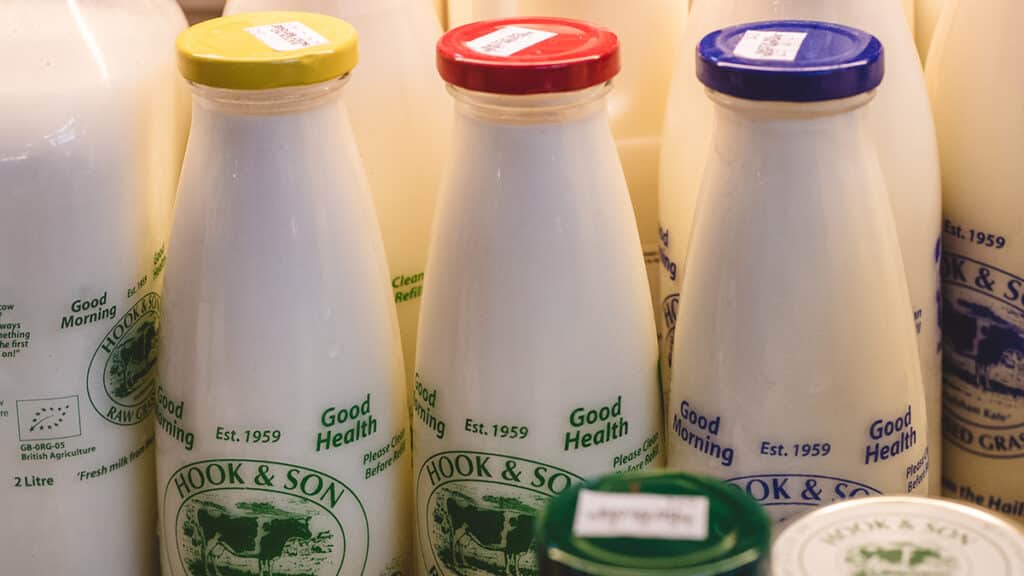
“We’ve always drunk raw milk from our farm,” he says, “although the thought of selling it didn’t occur to me until the price we were being offered for pasteurised milk fell so low you just couldn’t make a living.” The problem with selling raw milk is that, for historical reasons, it is one of the country’s most arduously regulated foodstuffs. Over the years, Steve’s decision to do so has resulted in surprise inspections, legal battles and even undercover officers filming his retail sites.
Pasteurisation was made mandatory in the UK in 1924, when a significant proportion of commercially produced milk had become too risky to drink. The problem was twofold: milk from dairy herds infected with tuberculosis or brucellosis could pass the diseases on to people, with devastating consequences, while bad practice and poor hygiene during milk storage and transport allowed the development of other dangerous bacteria such as salmonella, E. coli and campylobacter. But although pasteurisation has undoubtedly saved many lived, it destroys much of the milk’s flavour, and kills all the good bacteria too.
When produced by responsible farmers, raw milk can, Steve insists, be a completely safe and highly nutritious product. “The problems are caused by poor farming practises and bad milk handling processes, both of which are entirely solvable without pasteurisation,” he explains. “Our herd, for example, was established in 1959 and has always been clear of TB and brucellosis. Our cows are milked in extremely hygienic environments using advanced milking equipment that is kept sterile. We also pay fantastic attention to hygiene throughout our milking and milk handling processes. This means we easily pass the stringent plant inspections and bacteriological tests regularly conducted by the Food Standards Agency. In this way, our milk retains all the benefits of the good bacteria, without the risk of encountering the bad.”
By law, raw milk can only be bought directly from the farmer who produced it. More and more people are now discovering the joys of doing so. “Our first milk round selling raw milk was 12 litres delivered in my dad’s Volvo estate to local customers. I think on the UK about 300,000 litres of raw milk a year were sold,” Steve says with a smile. “Now there are over 200 farmers selling three million litres a year to the public.” With his milk now sold from a big stand in a prominent position in the country’s best food market, that figure is only going to rise.
